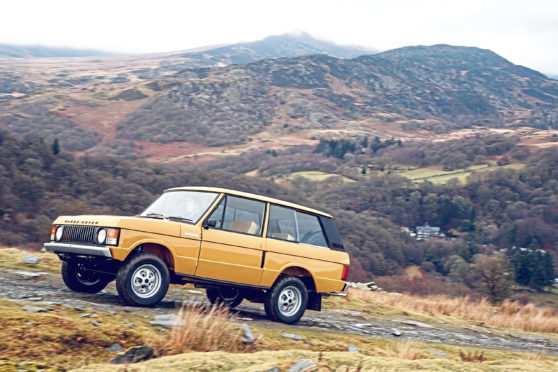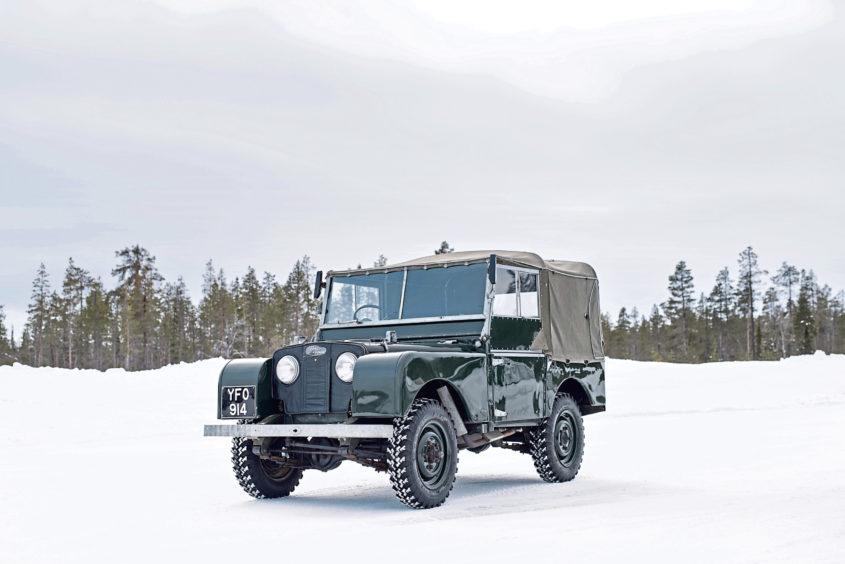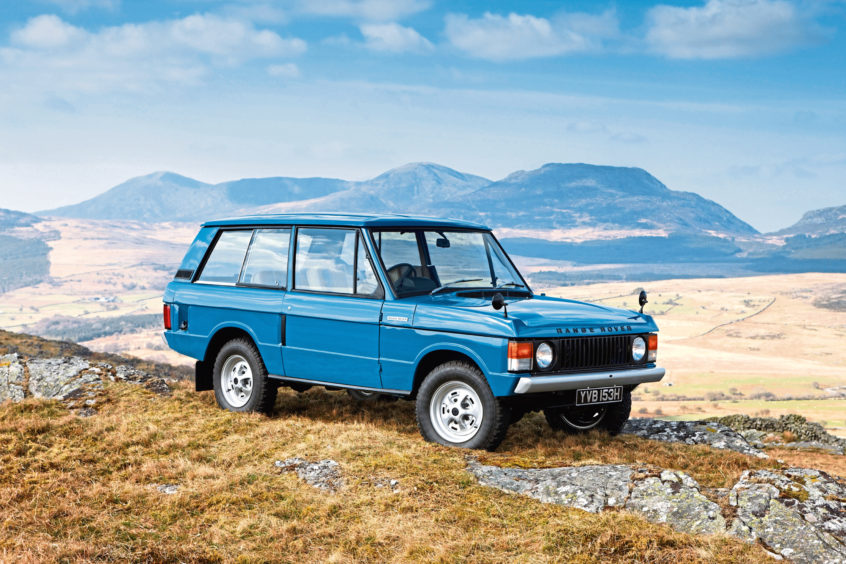If there is one name that has scaled the heights and plumbed the depths of post-war car-making in Britain, it is Rover. However, like so many other great marques of the past, it was sucked into British Leyland and, along with countless others, is no more. One can say it was a quirk of history that made it the longest-surviving name (bar Mini) in the BL portfolio. Of course, the Land Rover name lives on.
Rover has a long, fascinating history. Like many UK car-makers, it started in the 1860s making sewing machines and bicycles. In 1885 they patented their “safety bicycle”, superseding the old “penny-farthings” and becoming the template for all bicycles made since. Indeed, in several east European languages, bicycles are still called “rovers”.
In the early 1900s they started making motorbikes and cars, and in the first world war motorbikes for the Russian army and ambulances for the BEF. Post-war, they focussed initially on motorbikes but, from the late 1920s, moved towards making upmarket cars.
During the second world war, with Air Ministry involvement, Rover helped to develop and improve Frank Whittle’s jet engine. Then, in a deal between MDs in a Clitheroe pub, Rover swopped their jet turbine interests for Rolls-Royce’s factory making Meteor tank engines. But Rover continued to develop turbine engines for cars, producing many prototypes including the famous JET1 two-seater now in the Science Museum.
In 1948, impressed by the wartime Willys Jeep, Rover developed the Land Rover, latterly called the Defender, which became the company’s biggest seller and profit-maker for decades. The prototype, incidentally, was tested away from prying eyes on Islay.
They also produced high-quality saloons, such as the P4 and 3-Litre. Then in 1970 they unveiled the Range Rover, combining saloon luxury with Land Rover’s off-road ability—essentially the first SUV, and arguably the most copied and cloned car design of all time.
Land Rover was split off and, after numerous ownership changes, today belongs with Jaguar to Tata of India.
Rover itself came in stages into the British Leyland fold and, after nationalisation, decades of failing fortunes and being briefly owned by BMW, the firm finally became MG Rover—which folded about 10 years ago, with the assets acquired by two Chinese firms, SAIC and Nanjing.


